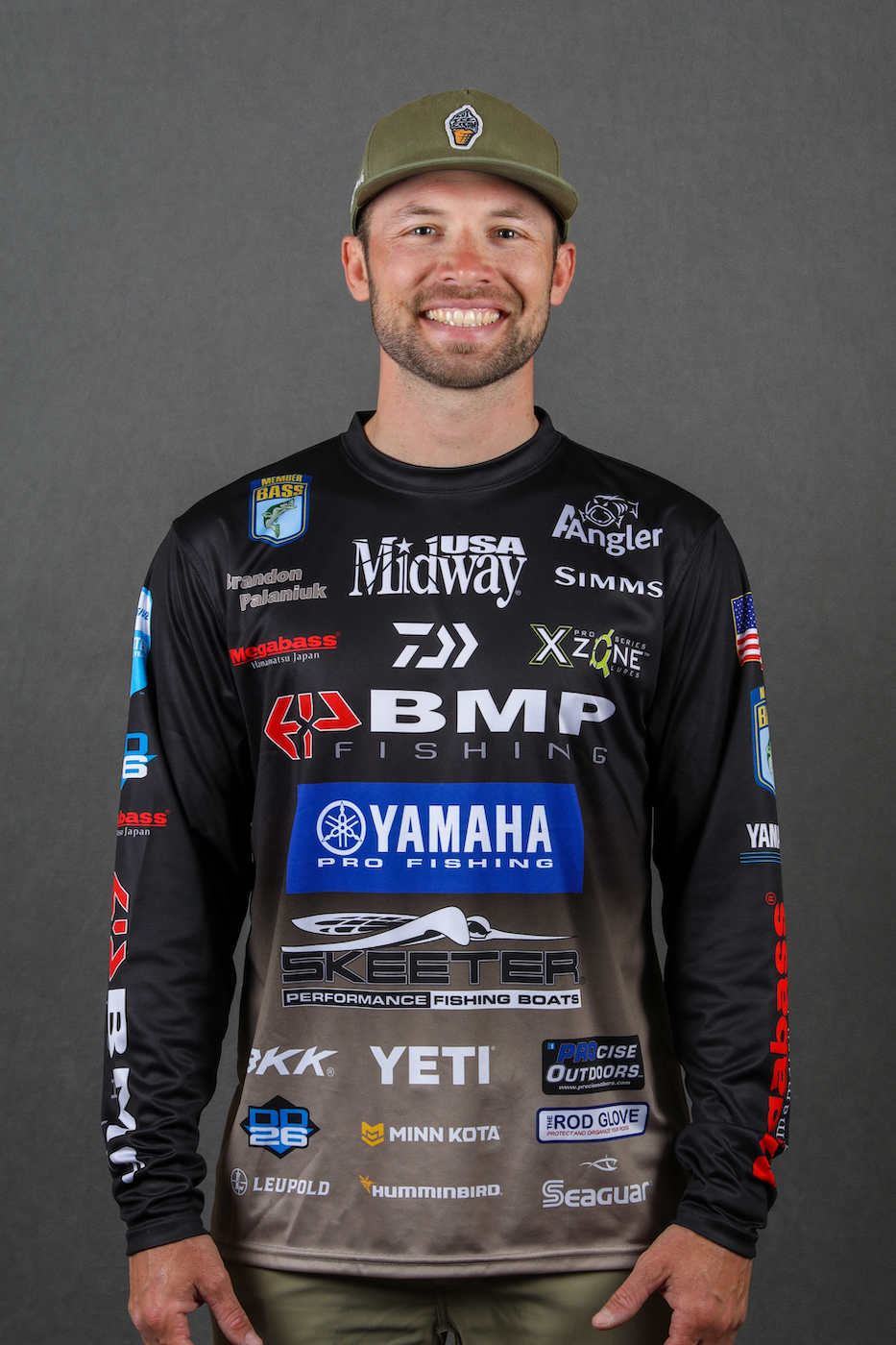
Every year about this time, it’s time for me to start a new relationship. Don’t worry; things between me and my girlfriend are going great. What I’m talking about is that it’s time for a new boat.
It’s always exciting to step into my new “office” for the season, but it’s also a lot of work. I feel a bit embarrassed to say that, because I know that a lot of people would kill to have this great opportunity. At the same time, it takes lots of hours to get the logistics and timing of the process just right. That’s partially because I live in Idaho and the Skeeter factory is in Kilgore, Texas, but it’s also because of all of the effort that comes after I get it home.
I prefer to rig my boats myself, so when I get them it’s essentially the hull, the trailer and the motor. Everything else is added on after the fact. Last year, it was just me and a friend who did all of the work, and it took two solid days in the shop to get things right.
The folks at the factory would do it for me, and they’d do a great job, but I think it’s extremely important to set my boat up myself. That way if I have an issue, I know exactly where to go to troubleshoot it and how to fix it. Electronics and water don’t mix well. My boat has a lot of electronics and it’s typically around a lot of water, so no matter how careful I am, problems are going to arise.
This new Skeeter has four Humminbird Onix 10s set up on dual Dek-It mounts at the bow and console. If you’re going to have that much weight, you have to find a way to get them set in place and not move. It also takes a lot of power, so it may be overkill, but I rig them each with separate aftermarket wiring – that way each of them gets the full amount of power, with no interference. Then I add a 112 pound thrust Minn Kota Fortrex and two Power Poles.
In the back of the boat I clean up all of my wires so only the ones headed to the tops of the batteries are showing. The rest are hidden. Call it OCD or being anal if you must, but I like that clean look. I also wire all of my Rigid Lights, both the deck light kits and the white A-Series lights in the compartments. It’s really easy to do in the compartments. You just unscrew the factory light, pull it out, splice the wires and then screw the new one in. If I can do it, anybody can do it.
Once the boat is rigged, I take it out for the break-in period. That’s 10 hours long, but at least it’s on the water. Of course my first inclination is to push the hammer down and see how fast it’ll go, but you can’t do that. Believe me, it takes a lot of restraint to keep it at the appropriate speeds.
This year I’ll be running a Skeeter FX20 with a 250 hp SHO. That’s the same model I’ve run every year and while they’re constantly improving upon it, it always retains the characteristics that make it perfect for my style of fishing. Nevertheless, there’s always an adjustment period. Over the 10 months or so that I run a boat, I get connected to it, and while I’m not superstitious, when I have a really good year like last year the boat is a big part of it.
With the new boat, you have to start all over. It’s like getting a new best friend. It’s the same platform, but you have to relearn it and gain the trust that it won’t let you down. That’s especially true because the first major event of the year is the GEICO Bassmaster Classic, and you don’t want any doubt or fear in the back of your mind while you’re competing.
Even though I had to “break up” with my past boats, I still have the opportunity to see most of them because I’ve sold the majority of them to guys in Idaho, including fishermen from my old bass club. It’s a great exchange because they get a good deal on a one year old boat, and it also encourages me to take extremely good care of them because those guys know where to find me. Fortunately for all of us, by the time they take possession of them, any possible bugs have been worked out, and they’re getting a ride that will last them as long as they want to run it.

